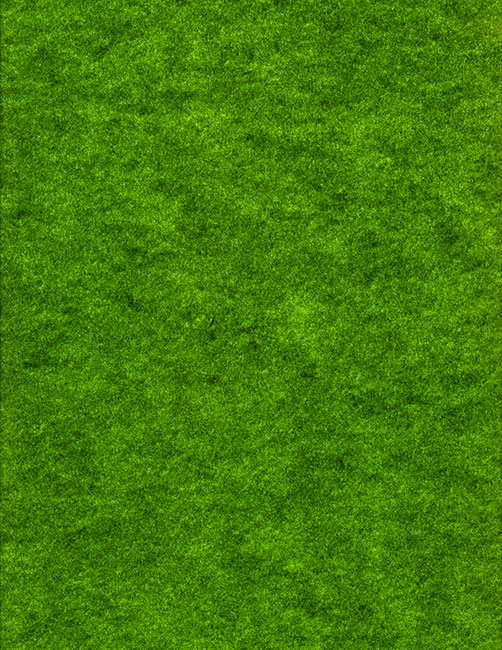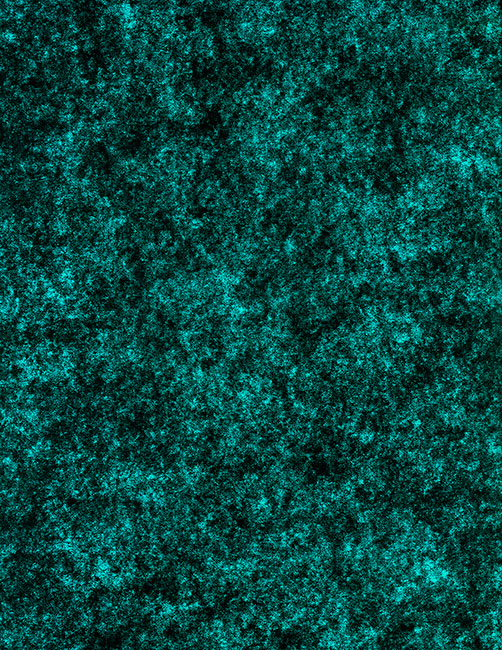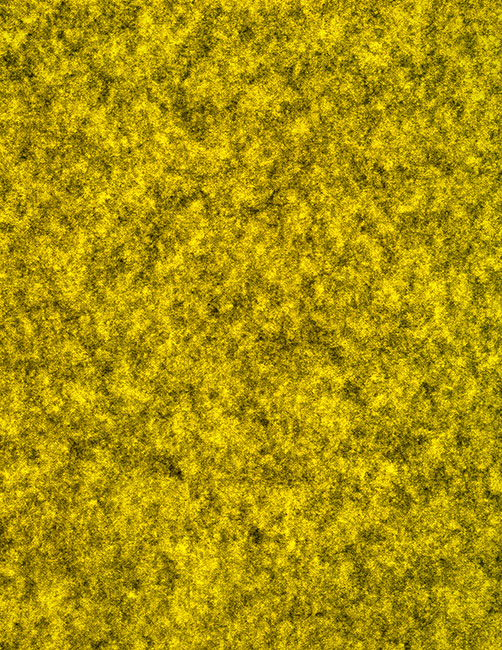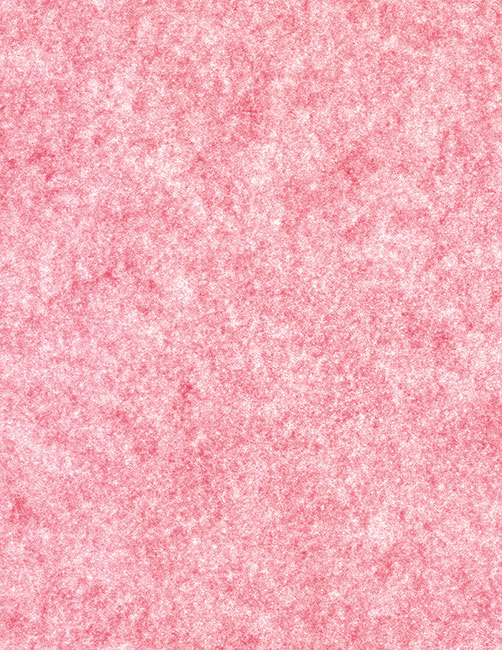- work •
- statement •
- reviews + essays •
- resume •
- contact
deankessmann
Monochrome Fields
archival pigment prints, 11 x 8.5 inches and 75 x 58 inches, 2013
edition 1/1 at each size (large prints are mirror image of small prints)
archival pigment prints
11 x 8.5 inches and 75 x 58 inches, 2013
edition 1/1 at each size
(large prints are mirror image of small prints)
Read a short description of this project




























































Monochrome Fields
Monochromatic works of art have been reoccurring in artists’ oeuvres for nearly a century, from Alexander Rodchenko’s triptych Pure Colors: Red, Yellow, Blue to James Turrell’s more recent skyspaces. Monochrome Fields folds itself into this tradition, albeit through a limited palette of color paper available through a particular retail store. Transforming the ordinary source material, off-the-shelf sheets of blank color paper, establishes an ironic connection between mass-produced commodities culled from consumer culture and the aura of originality generally associated with paintings and other works of art. Each sheet pulled from a pile of commercially available standard-sized paper would seem to be identical and not worthy of deeper contemplation. However, using a high-resolution scanner to transmit light through them, as opposed to recording light that reflects off of their surface, reveals each sheet’s unique fiber structure and brings their aesthetic qualities to light. Each scanned sheet of paper generates two prints; each sheet is doubled, so to speak, by simply turning it over. The view from one side is represented by a large-format print, while the other side is reproduced at a more modest 1:1 ratio. In photographic terms, each sheet of paper functions like a piece of film, the referent to which the final image is derived and visually connected. After a subtle manipulation of the resulting digital files—the intrinsic patterns determined by the unique fiber structure of each sheet of paper is exaggerated by increasing the contrast of the original scans—the temporary immateriality of the bits of data, once again, materialize as a series of tactile pigment prints on paper. Lastly, the digital environment through which the information passes provides a contemporary context that has rapidly become commonplace across a variety of disciplines and industries. The material-to-digital-to-material transformation allows Monochrome Fields to transcend the objectness associated with modernist painting, while adding another layer to the enduring fascination, perhaps obsession, with solitary colors in the relatively recent history of art.